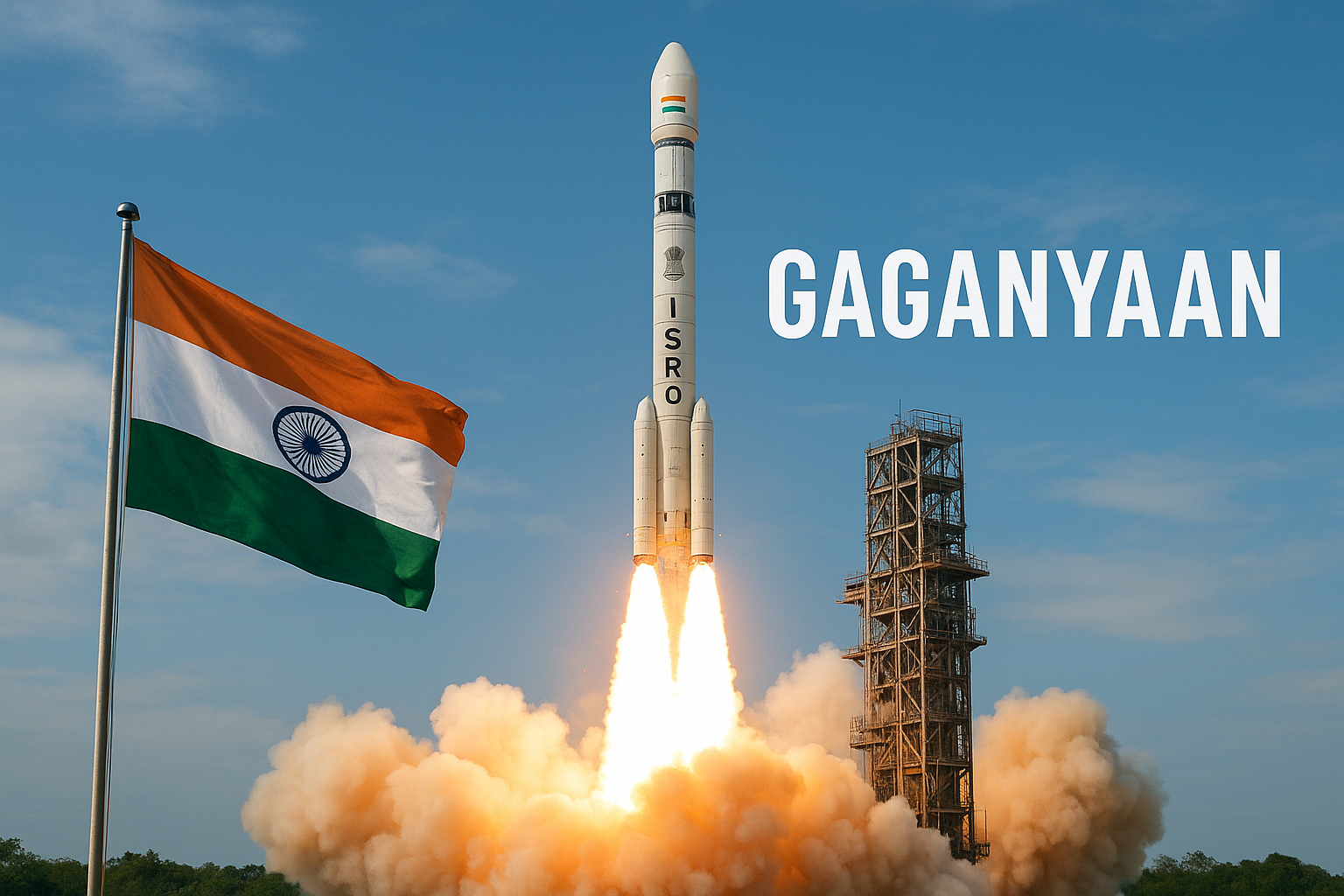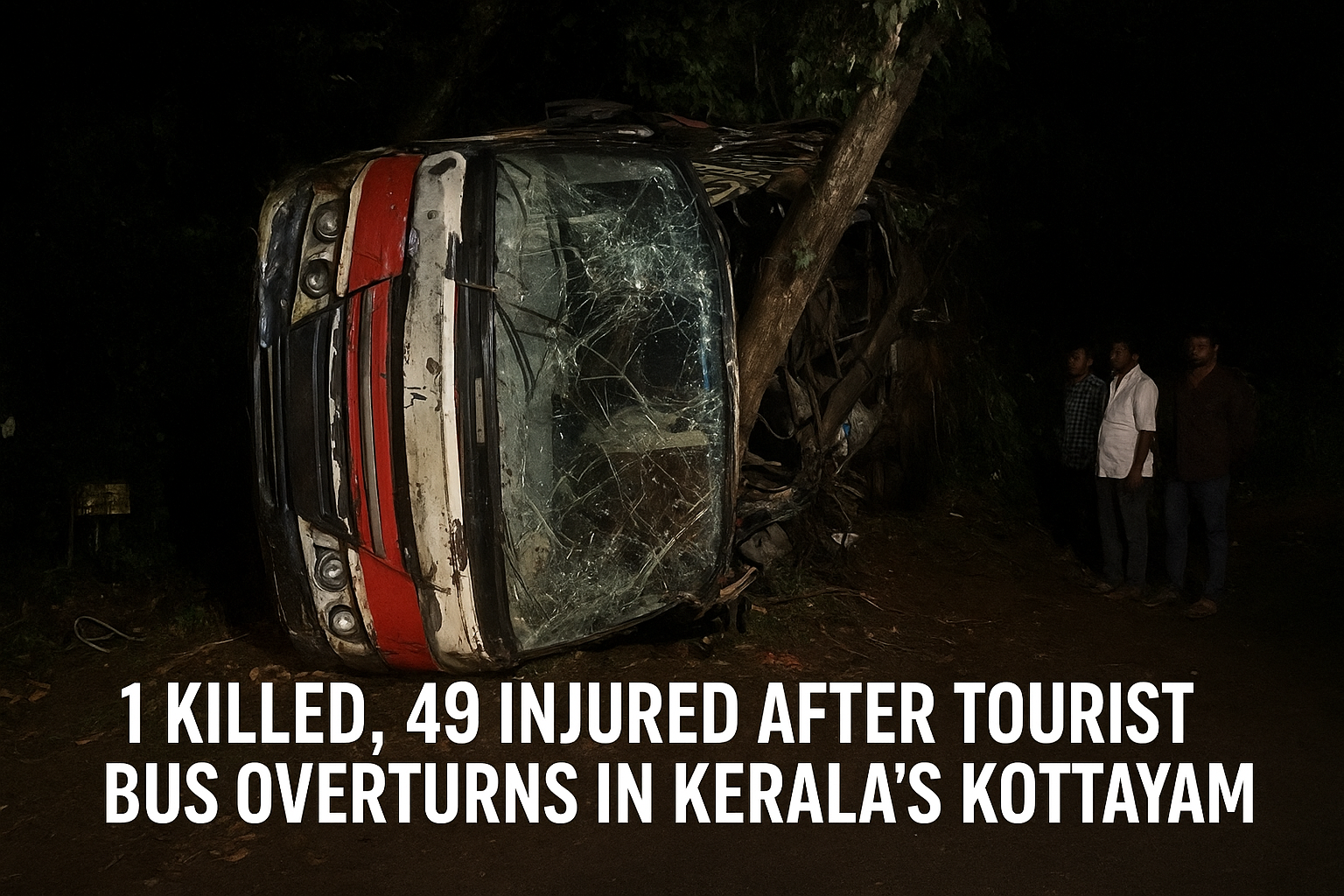Pathikrit Sen Gupta Revised: October 23, 2025.
A Milestone to Indian Gaganyaan Mission.
Reference to News 18. The Indian dream of launching human beings into space that was as old as the Indian people has materialized. Thursday On Thursday, the ISRO Chairman, V Narayan announced that 90 percent of the development work of the Gaganyan project had been successfully carried out. The Indian Space Research Organisation (ISRO) has never done such a milestone before in the Indian country which is increasingly becoming competent in the field of space technology and even the human grade systems.
It is an Indian mission that aims at launching three Indian astronauts into Low Earth Orbit (LEO) of 400 km and orbiting the earth in a duration of three days. In the event that at the completion of the flight, the crew successfully lands with a splashdown on the Indian waters, it will be the landing of India in the rare club of nations in the world, which puts human beings in space.
Multi-dimensional Innovation in state of the art technologies.
As Narayanan writes, the innovations encompassed some of the key technological development domains. These are human rating of launch vehicle, the Orbital Module and the Environmental Control and Life Support (ECLSS).
Every GSLV Mk III (since re-renamed the official Human-Rated LV Mk III) have been modified by ISRO to carry astronauts safely on board. The Crew Module and the Service Module are combined to form the Orbital Module which has also been greatly tested. In the meantime, the ECLSS has the potential of providing spacecraft astronauts with a suitable environment that is healthy and airworthy throughout their mission.
Secondly, crews have been assigned second place category of safety. This kind of system as the Crew Escape System (CES) that segregates the crew and the rocket within the shortest time possible in case of an emergency is almost complete. The strap-on system known as the parachute-based deceleration system, which is necessary in the safe returning of astronauts, has recently made a milestone with a first joint air drop test which took place on August 24, 2025, at the Satish Dhawan Space Centre. This was an experimental trial that was a success that proved that 9 parachutes were combined to make sure that they landed safely and in a paddle.
Tests Before the Final Crewed Mission.
Before the final human mission, ISRO has three uncrewed test missions in their objective to prove that all the systems are valid. The former will be Gaganyaan-1 (G1) that will take place in December 2025 and will be carrying Vyommitra a semi-humanoid woman robot. Vyammitra will have a model that replicates human physiological processes and it will be used to test how spacecrafts work in the actual space conditions.
Of the factors that will guarantee reliability, safety, and human spaceflight preparedness of the mission, the uncrewed flights will be tested. These test missions will be successful before the formal crewed mission could be taken off into space sometime at the start of 2027.
India is almost becoming a member of Space Elite.
India has reached a stage of 90 percent development, which means that it is on the road to realisation of one of its greatest dreams in terms of technology. After the introduction of Gaganyaan programme, India will be among the few countries that have an independent human spaceflight- the United States, Russia and China.
Along with a symbolic one, Gaganyaan can be viewed as an innovation in the native engineering, innovation and self-sufficiency. It elevates the status of India in the space arena of the world that is an envy of young scientists and engineers of our future generation.
The Road Ahead for ISRO
Regarding the future vision, the implementation of the ISRO will be improved as it will perform more tests based on the simulation and assure that all its safety and reliability needs will be fulfilled. The multi-generational mission of the country to possess a stabilized human presence in space also coincides with the mission because this should lead to future cooperation of space stations and interplanetary missions.
The Gaganyan mission is the account of the leadership genius, scientific genius, and the insatiable ambition of India to be the star as the Indian Space Research Organization is at the threshold of the history.
A Milestone to Indian Gaganyaan Mission.
The Indian dream of launching human beings into space that was as old as the Indian people has materialized. Thursday On Thursday, the ISRO Chairman, V Narayan announced that 90 percent of the development work of the Gaganyan project had been successfully carried out. The Indian Space Research Organisation (ISRO) has never done such a milestone before in the Indian country which is increasingly becoming competent in the field of space technology and even the human grade systems.
It is an Indian mission that aims at launching three Indian astronauts into Low Earth Orbit (LEO) of 400 km and orbiting the earth in a duration of three days. In the event that at the completion of the flight, the crew successfully lands with a splashdown on the Indian waters, it will be the landing of India in the rare club of nations in the world, which puts human beings in space.
Multi-dimensional Innovation in state of the art technologies.
As Narayanan writes, the innovations encompassed some of the key technological development domains. These are human rating of launch vehicle, the Orbital Module and the Environmental Control and Life Support (ECLSS).
Every GSLV Mk III (since re-renamed the official Human-Rated LV Mk III) have been modified by ISRO to carry astronauts safely on board. The Crew Module and the Service Module are combined to form the Orbital Module which has also been greatly tested. In the meantime, the ECLSS has the potential of providing spacecraft astronauts with a suitable environment that is healthy and airworthy throughout their mission.
Secondly, crews have been assigned second place category of safety. This kind of system as the Crew Escape System (CES) that segregates the crew and the rocket within the shortest time possible in case of an emergency is almost complete. The strap-on system known as the parachute-based deceleration system, which is necessary in the safe returning of astronauts, has recently made a milestone with a first joint air drop test which took place on August 24, 2025, at the Satish Dhawan Space Centre. This was an experimental trial that was a success that proved that 9 parachutes were combined to make sure that they landed safely and in a paddle.
Tests Before the Final Crewed Mission.
Before the final human mission, ISRO has three uncrewed test missions in their objective to prove that all the systems are valid. The former will be Gaganyaan-1 (G1) that will take place in December 2025 and will be carrying Vyommitra a semi-humanoid woman robot. Vyammitra will have a model that replicates human physiological processes and it will be used to test how spacecrafts work in the actual space conditions.
Of the factors that will guarantee reliability, safety, and human spaceflight preparedness of the mission, the uncrewed flights will be tested. These test missions will be successful before the formal crewed mission could be taken off into space sometime at the start of 2027.
India is almost becoming a member of Space Elite.
India has reached a stage of 90 percent development, which means that it is on the road to realisation of one of its greatest dreams in terms of technology. After the introduction of Gaganyaan programme, India will be among the few countries that have an independent human spaceflight- the United States, Russia and China.
Along with a symbolic one, Gaganyaan can be viewed as an innovation in the native engineering, innovation and self-sufficiency. It elevates the status of India in the space arena of the world that is an envy of young scientists and engineers of our future generation.
The Road Ahead for ISRO
Regarding the future vision, the implementation of the ISRO will be improved as it will perform more tests based on the simulation and assure that all its safety and reliability needs will be fulfilled. The multi-generational mission of the country to possess a stabilized human presence in space also coincides with the mission because this should lead to future cooperation of space stations and interplanetary missions.
The Gaganyan mission is the account of the leadership genius, scientific genius, and the insatiable ambition of India to be the star as the Indian Space Research Organization is at the threshold of the history.
Looking for website Designing ? Connect with wovved today.



